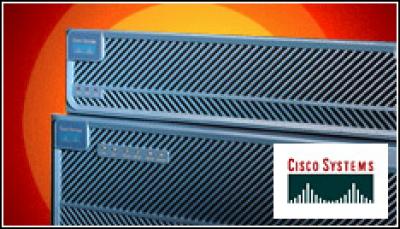Cisco Refreshes Popular ISR Routers

Cisco has upgraded its highly successful ISR router family to better deal with growing technologies such as online collaboration and internet video
Five years after Cisco Systems first launched its first Integrated Services Router (ISR) router family, the networking giant has updated the portfolio, dubbing it ISR G2.
The business world has changed dramatically since 2004, and now Cisco is looking to address some of the strongest trends, such as Internet video traffic, online collaboration, as well as the rapidly growing presence of consumer technology in the workplace, with its next-generation ISRs.
With the ISR G2, Cisco is touting the Borderless Network architecture, based on the idea of being able to deliver services and applications to anyone anywhere and on any device.
The ISR G2 devices are designed to make it easier to deliver such networked, on-demand services as video and collaborative applications at branch offices, an area that promises continued growth over the next few years and will be a key area for such technologies as video conferencing and on-demand applications.
“In this economy, there’s still a significant amount of branch office growth,” Richard Palmer, senior vice president and general manager of Cisco’s Routing Access Group, said in an interview.
Cisco has estimated that there will be 17 percent branch growth during 2010, indicating that a growing number of employees will be working outside of their companies’ main offices.
The ISR G2 portfolio offers businesses five times the performance of the first-generation family, according to Cisco.
New capabilities include support for business video; the Services-Ready Engine, which enables businesses to deliver virtualised services into branch offices without the need for on-site support; new EnergyWise-compliant switch modules for greater energy efficiency and operational cost savings; and the ability to take on-base services and extend them out to users, regardless of the user’s or application’s location.
These capabilities are going to be important, given the current trends, Palmer said. By 2012, 90 percent of the bandwidth for consumer traffic will be video-based. In addition, employees in greater numbers are bringing in their consumer devices, such as iPhones or their own laptops, and expecting the same level of access to enterprise applications that they’d receive from company-issued devices.
“The consumerisation of enterprise IT is a huge challenge for IT,” Palmer said, citing the various management and security issues involved.
And all such issues are going to need to be addressed by IT departments that will continue to have tight budgets to work with.
The 3900 Series ISRs offer scalability and investment protection while providing the integration of such technologies as unified communications, video, WAN optimisation and application services. The midrange 2000 Series offers similar capabilities, while the 1900 Series is a compact modular router with a host of connectivity options, including 802.11n.
In addition, the ISR G2 products ship with Cisco’s IOS Release 15 and are ready for “the medianet,” which Cisco officials say will be the delivery platform for next-generation high-definition video and other media-rich applications.
Despite all that, Palmer said Cisco will continue to sell the first-generation ISRs. The company has sold more than 7 million units of ISR products in the past five years.